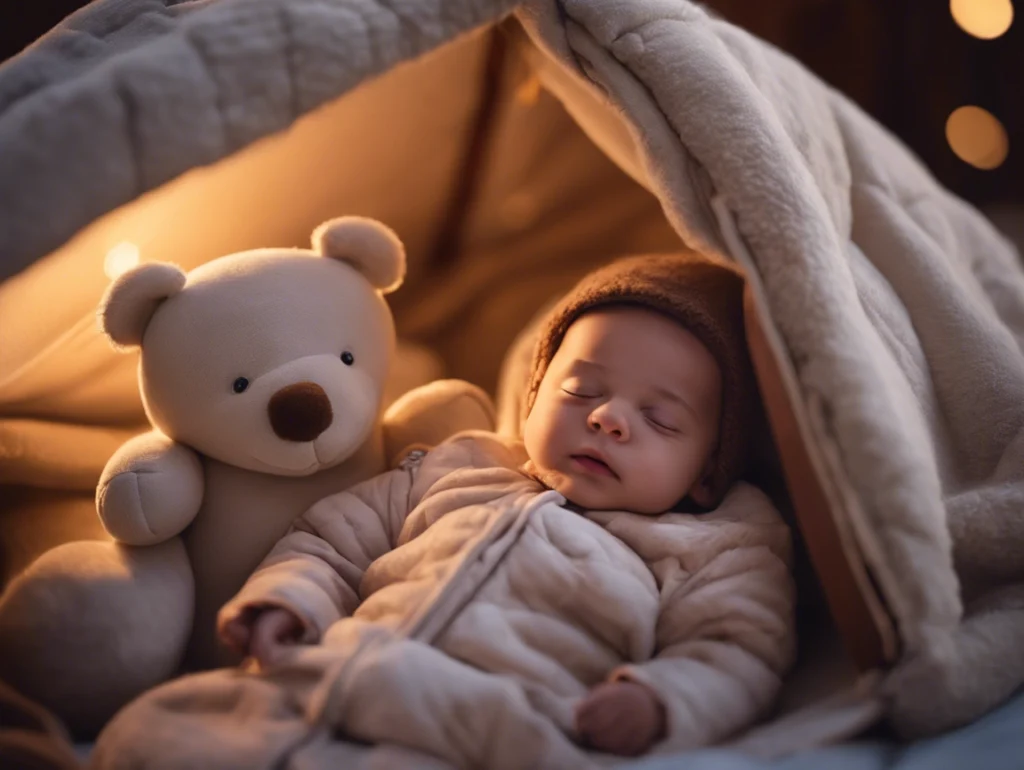This article will guide you step-by-step through the processes and best practices to ensure your baby products stand out as safe, reliable, and high-quality.
(Quality assurance isn’t just for compliance—it’s a way to build long-lasting trust with parents.)
What Does “Quality” Mean in Baby Products?
For baby products, “quality” encompasses more than durability or aesthetics—it’s a multi-dimensional standard.
| Aspect of Quality | What It Ensures |
|---|---|
| Safety | No choking hazards, harmful chemicals, or unsafe designs. |
| Comfort | Soft materials, ergonomic designs, and skin-safe components. |
| Durability | Withstands wear and tear, even during teething or messy mealtimes. |
| Sustainability | Made with eco-friendly materials and ethical manufacturing processes. |
(Babies test quality like no one else—by chewing, tugging, and making a mess of everything!)
How to Guarantee the Quality of Your Baby Products
Here’s how top brands ensure their baby products meet—and exceed—customer expectations:
1. Start with Safe, High-Quality Materials

The foundation of a great product lies in its materials. For baby products, it’s critical to choose materials that are safe, non-toxic, and sustainable.
Recommended Materials for Baby Products
| Material | Why It’s Ideal |
|---|---|
| Organic Cotton | Hypoallergenic, breathable, and soft for sensitive baby skin. |
| BPA-Free Plastics | Safe for teething and feeding accessories; free from harmful chemicals. |
| Food-Grade Silicone | Durable, flexible, and easy to clean. |
| FSC-Certified Wood | Eco-friendly and non-toxic, ideal for toys or furniture. |
(Look for certifications like OEKO-TEX® or GOTS to ensure your materials meet global safety standards.)
2. Partner with Certified Factories
A trustworthy factory is crucial to delivering consistent quality. BSCI-certified factories or those with ISO 9001 ensure compliance with ethical and quality standards.
| Certification | What It Guarantees |
|---|---|
| BSCI (Business Social Compliance Initiative) | Ethical labor practices and safe working conditions. |
| ISO 9001 | Consistent quality management and production standards. |
(Learn more about BSCI-certified factories in our detailed guide.)
3. Conduct Rigorous Testing
Testing is where quality assurance takes center stage. Every product should go through strict testing to ensure it’s safe for babies.
Types of Testing
| Test Type | Purpose |
|---|---|
| Chemical Testing | Detects harmful substances like lead, BPA, and phthalates. |
| Choking Hazard Test | Ensures small parts won’t detach and pose a risk. |
| Durability Testing | Confirms the product can withstand regular use. |
| Flammability Testing | Meets fire safety standards for textiles like sleeping bags. |
(Testing isn’t just about compliance—it’s about reassuring parents that their baby is in good hands.)
4. Adhere to International Safety Standards
Certifications are the hallmark of quality. Ensure your products meet these recognized global standards:
| Certification | What It Guarantees |
|---|---|
| OEKO-TEX® Standard 100 | Free from harmful chemicals, safe for sensitive skin. |
| CPSIA Compliance | Meets U.S. safety standards for baby products like clothing and toys. |
| GOTS | Organic and sustainably produced textiles. |
(Check certification requirements on OEKO-TEX’s Label Check.)
5. Regular Quality Inspections
From pre-production to post-production, inspections catch defects before they reach customers.
| Inspection Stage | Why It’s Important |
|---|---|
| Pre-Production | Verifies materials and processes meet specifications. |
| In-Line | Catches issues during manufacturing to reduce defects. |
| Post-Production | Ensures final products meet safety and quality benchmarks. |
(Think of inspections as the last line of defense against baby-induced chaos.)

The Business Case for Quality Assurance
Quality assurance isn’t just about protecting babies—it’s about building a sustainable, profitable brand.
| Benefit | Impact on Business |
|---|---|
| Fewer Returns | Reduces costs associated with product defects. |
| Higher Customer Trust | Builds loyalty and encourages repeat purchases. |
| Regulatory Compliance | Avoids fines, recalls, and potential legal issues. |
( Happy parents mean a happy bottom line—investing in quality always pays off.)
FAQs About Baby Product Quality
1. How do you test baby products for safety?
We conduct rigorous tests, including chemical analysis, choking hazard assessments, and flammability testing, to ensure compliance with global safety standards.
2. What certifications guarantee material safety?
Look for certifications like OEKO-TEX® Standard 100 for chemical safety and GOTS for organic textiles.
3. How do factories ensure consistent quality?
Certified factories follow strict quality management systems like ISO 9001 and undergo regular audits to maintain compliance.
4. Why are eco-friendly materials better for baby products?
Eco-friendly materials like organic cotton or FSC-certified wood are safer for babies, reduce environmental impact, and appeal to sustainability-conscious parents.
5. What should parents look for in high-quality baby products?
Check for certifications, durable materials, positive customer reviews, and safety labels like BPA-free or CPSIA compliance.
Conclusion: Quality Is a Commitment, Not a Checklist
Guaranteeing the quality of baby products means prioritizing safety, comfort, and sustainability at every step—from material selection to post-production inspections. For businesses, this commitment isn’t just a legal necessity—it’s the foundation of a brand that parents trust.
(Explore our range of certified, high-quality baby products at Endearing Baby and discover the difference that quality makes!)

